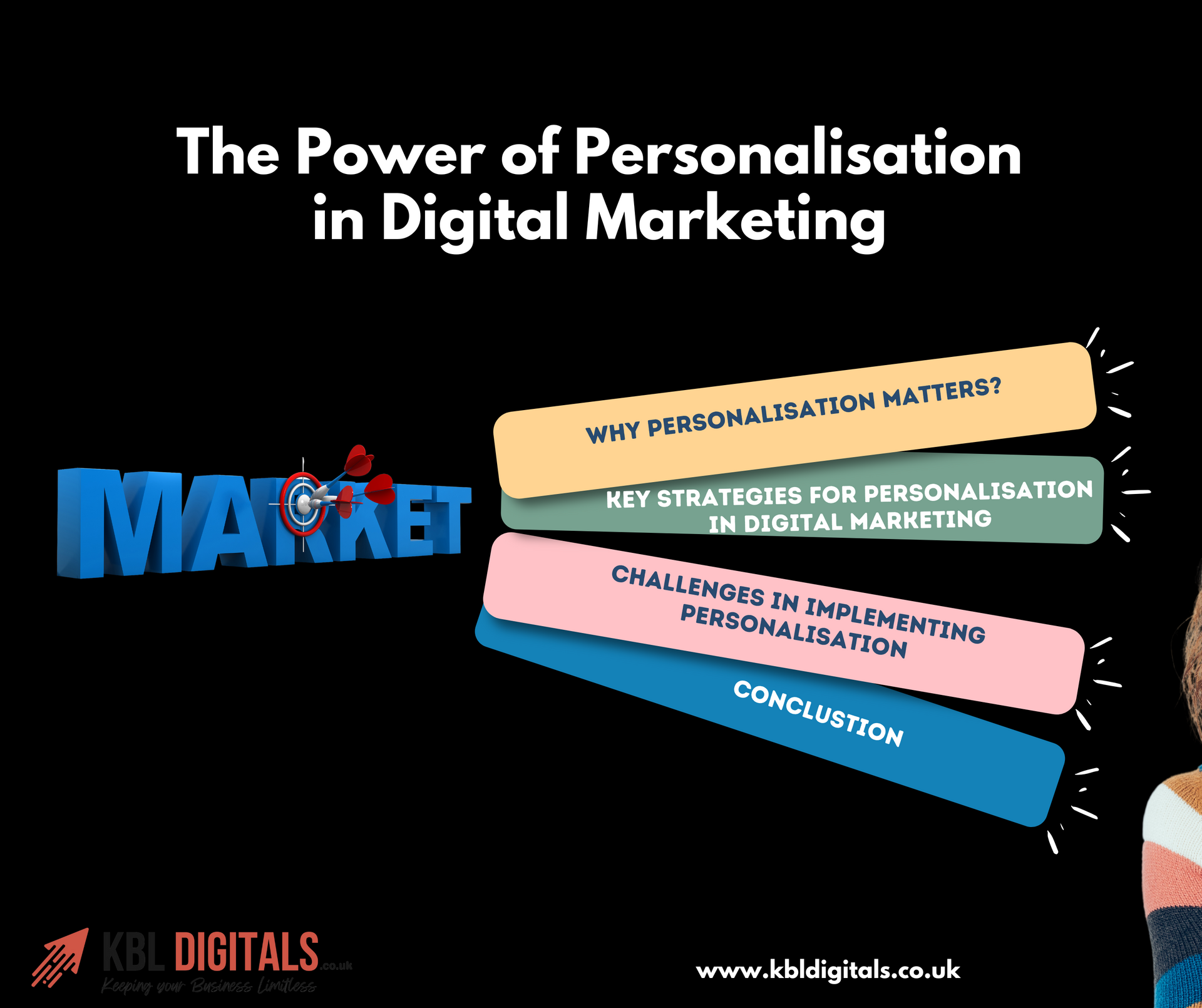How Can Digital Marketing Empower Businesses Optimise Their Sales Funnel
Digital marketing plays a crucial role in helping companies optimise their sales funnel by employing various strategies and tools at each stage of the customer journey.
Here are several ways digital marketing contributes to this optimisation:
Awareness Stage
- Targeted Advertising: Digital marketing allows companies to use targeted ads on platforms like Google and social media to reach specific demographics, increasing brand visibility to potential customers.
- Content Marketing: Creating valuable content (blogs, videos, infographics) can educate and attract potential customers, enhancing brand awareness and drawing them into the funnel.
Consideration Stage
SEO (Search Engine Optimisation): Optimising website content for search engines increases organic visibility, helping potential customers find products or services more easily.
Email Marketing: Nurturing leads through targeted email campaigns can provide them with information and incentives that encourage further engagement with your brand.
Decision Stage
Retargeting/Remarketing: Leveraging retargeting ads can remind potential customers of products they've viewed, encouraging them to reconsider and make a purchase.
Customer Reviews and Testimonials: Showcasing positive reviews and testimonials on your website and social media reassures potential customers of the product’s value, aiding their decision-making process.
Purchase Stage
User-Friendly Websites and E-commerce Platforms: A well-designed website with a smooth user experience and easy checkout process can significantly improve conversion rates.
Promotions and Discounts: Digital campaigns highlighting special offers or discounts can create urgency and motivate users to complete their purchases.
Post-Purchase Stage
Follow-Up Emails: Sending follow-up emails post-purchase can enhance customer satisfaction and encourage repeat business, as well as open opportunities for upselling or cross-selling.
Engagement on Social Media: Actively engaging with customers on social media platforms helps build loyalty and encourage word-of-mouth referrals, further fuelling future sales.
Analytics and Data-Driven Decisions
Tracking and Analytics: Digital marketing provides valuable analytics tools that help businesses understand customer behavior, enabling continuous optimisation of the sales funnel based on real data.
A/B Testing: Testing different marketing messages, visuals, and strategies allows businesses to identify what resonates most with their audience, refining their approach to increase conversions.
By leveraging these digital marketing strategies, companies can create a more efficient and effective sales funnel that not only attracts potential customers but also guides them smoothly through the buying process, ultimately leading to increased sales and customer loyalty.







All Rights Reserved | KBL Digital Marketing Consultancy | Privacy Policy






